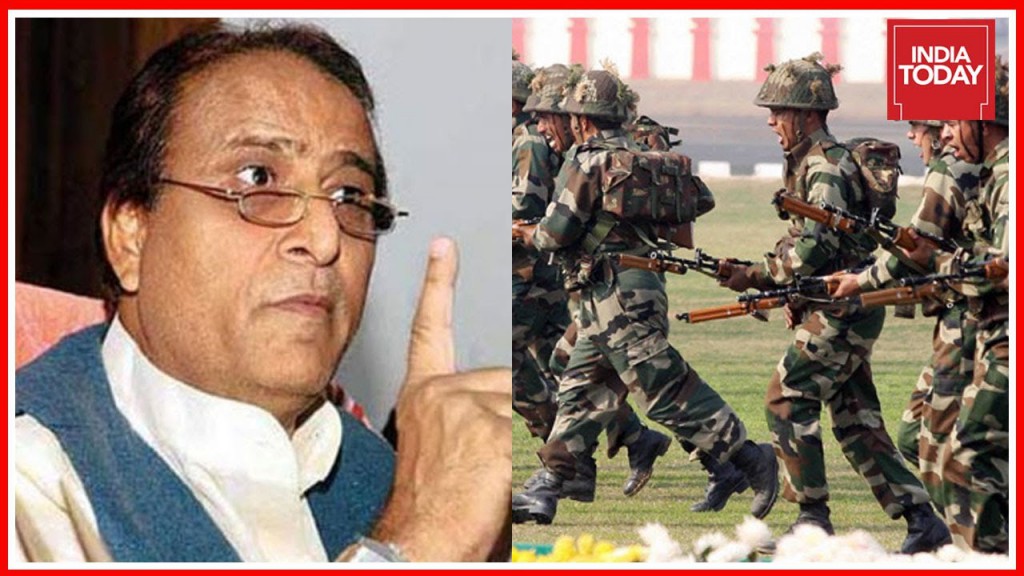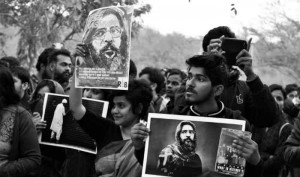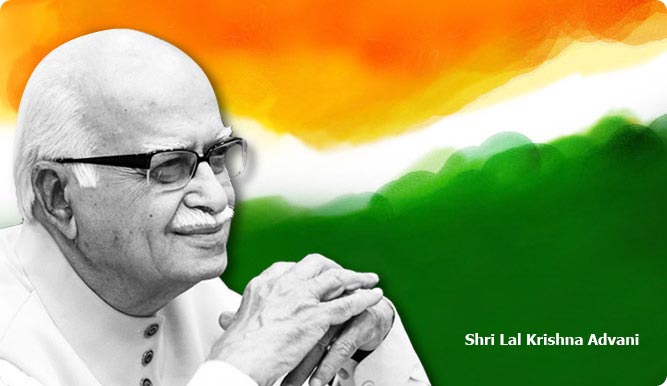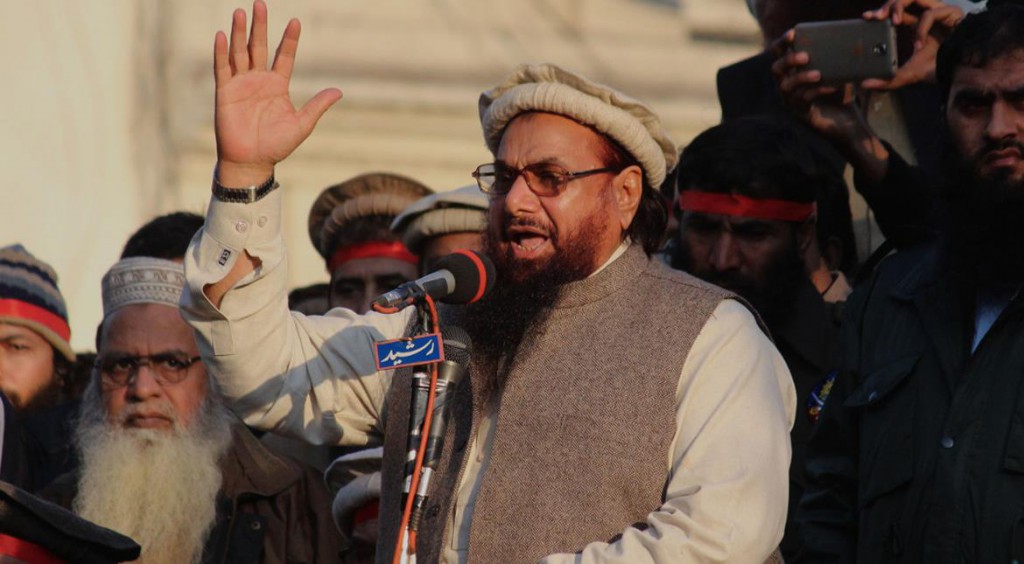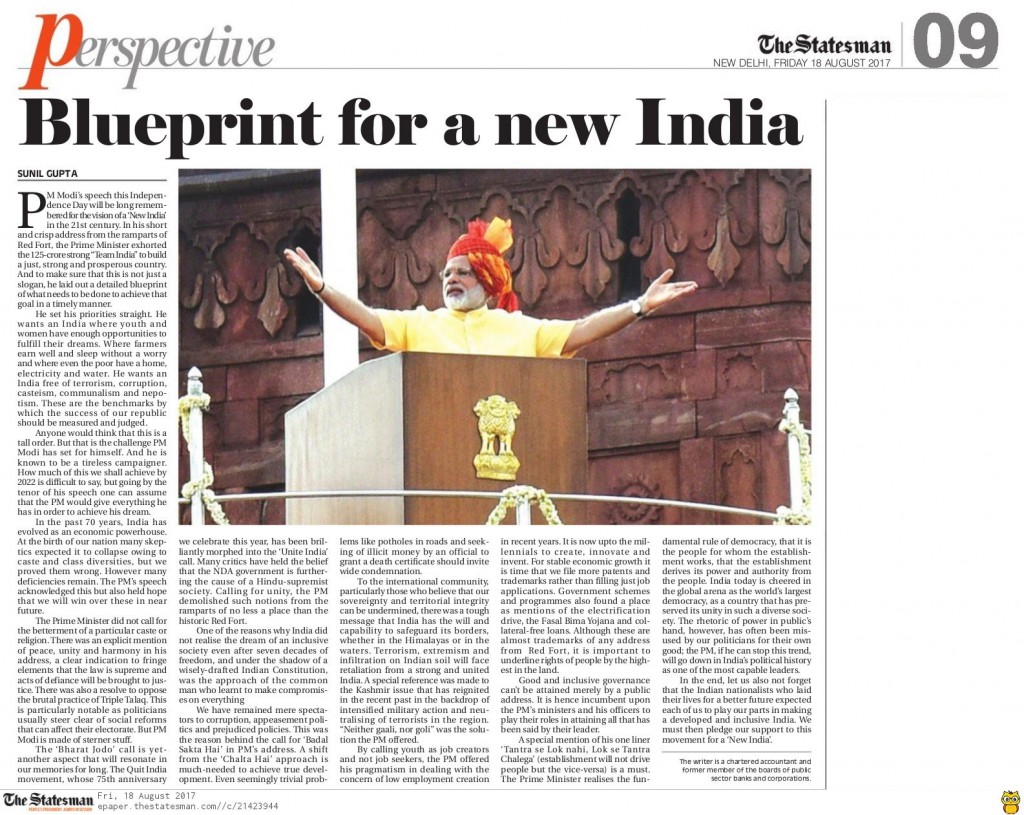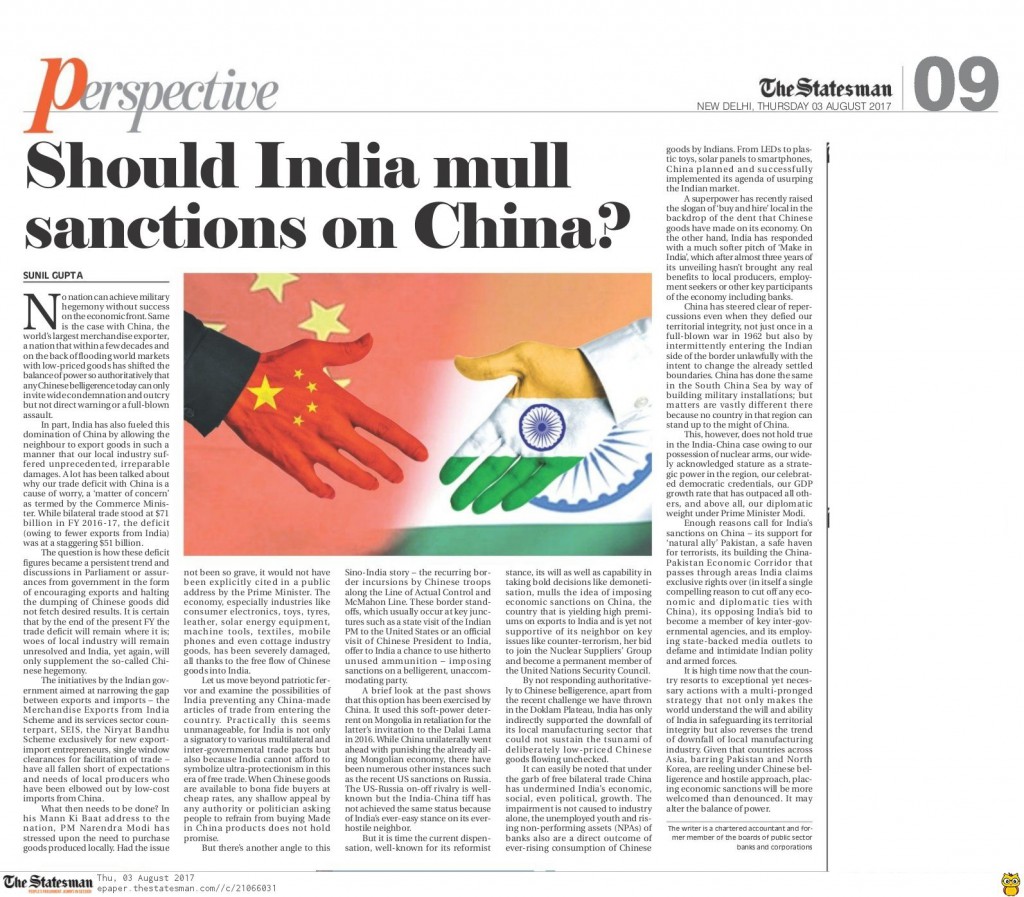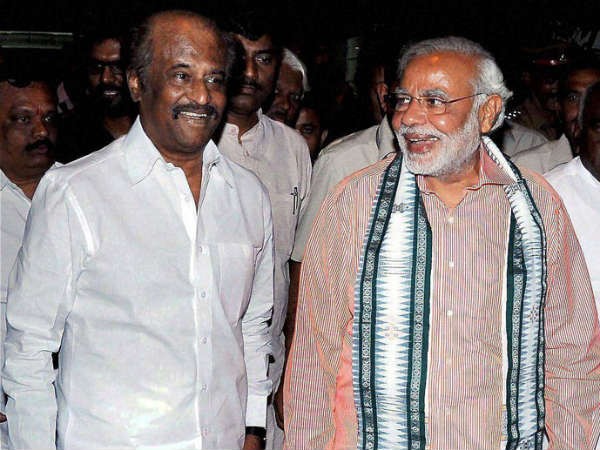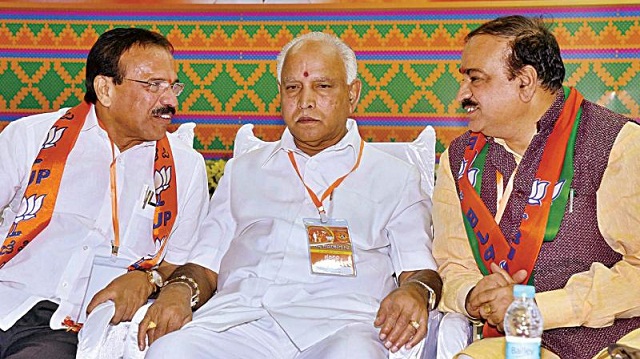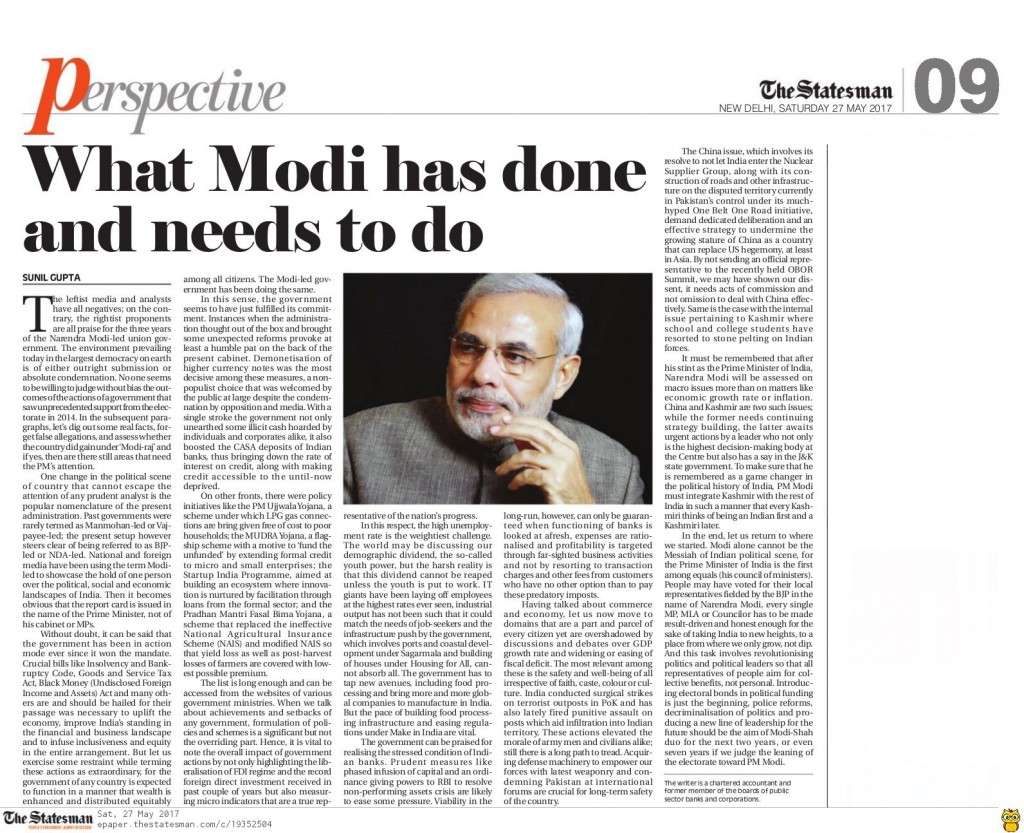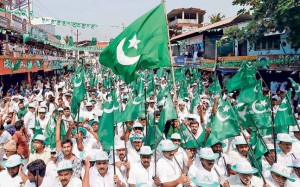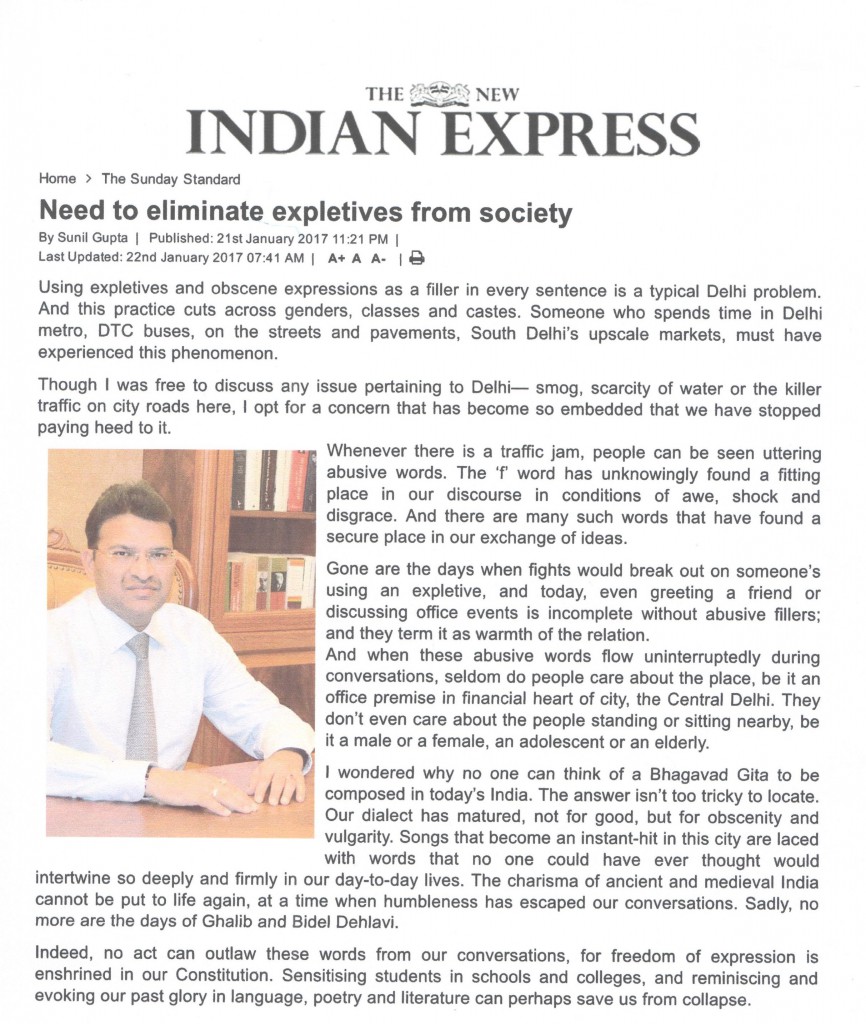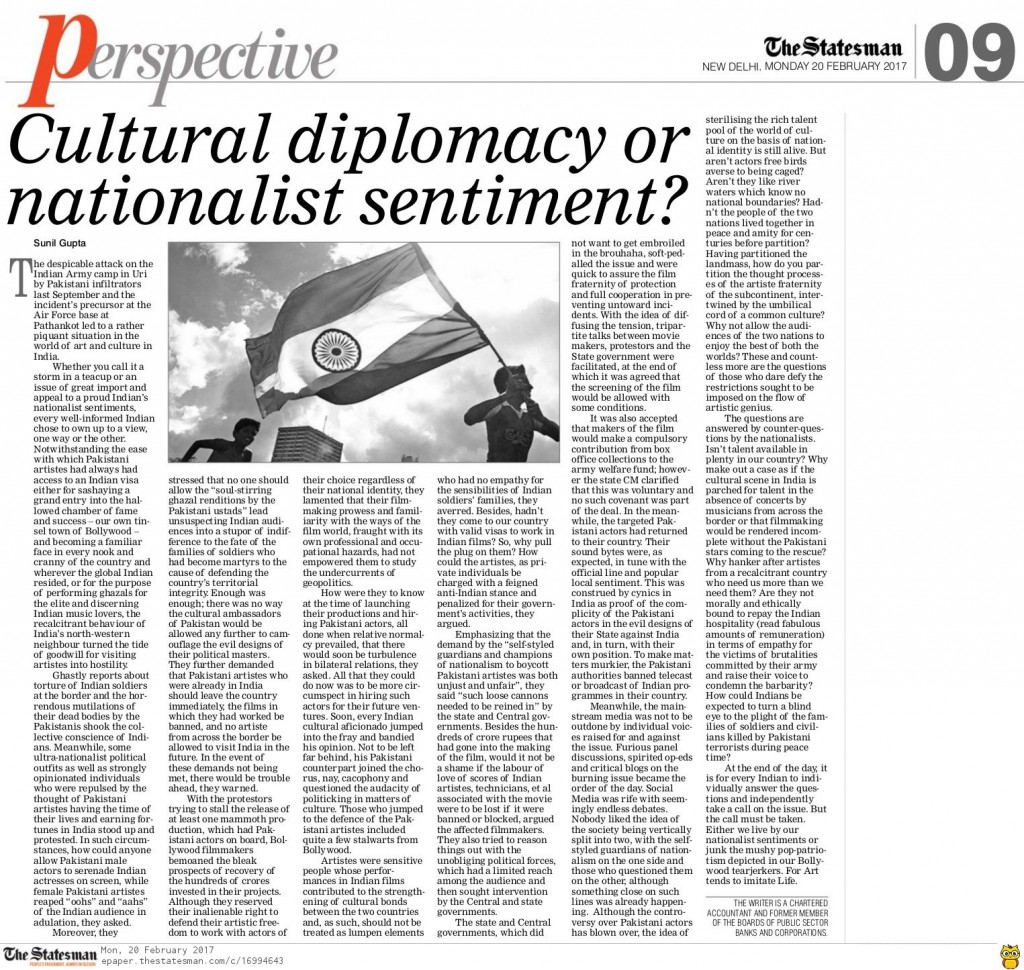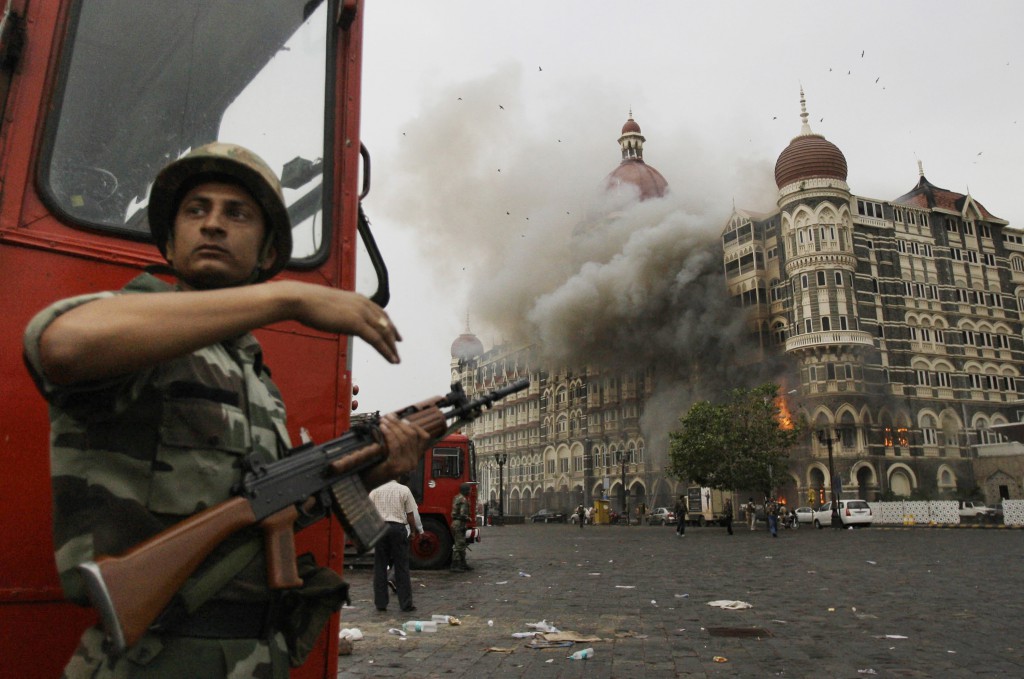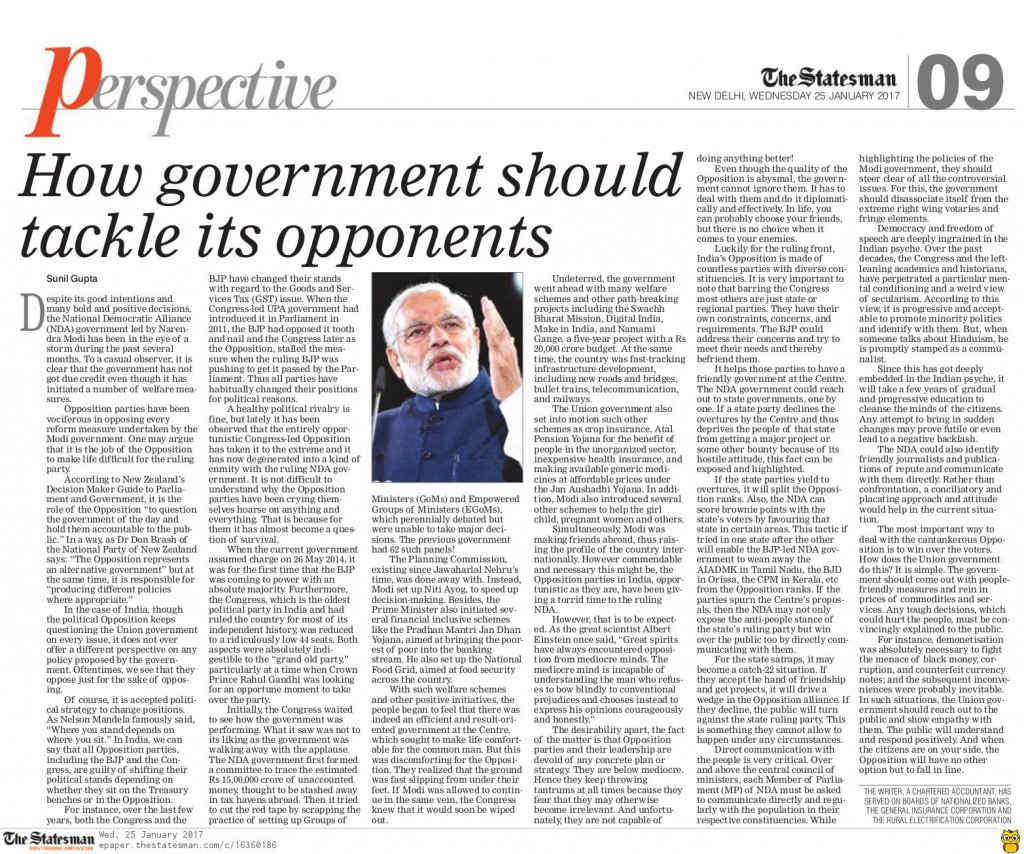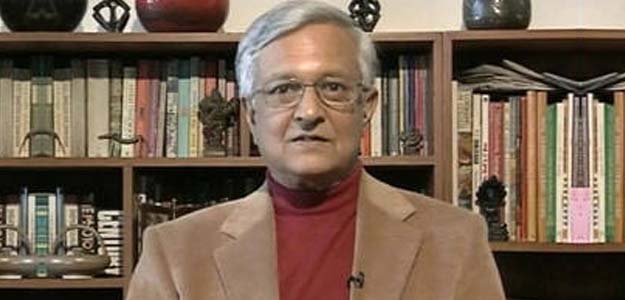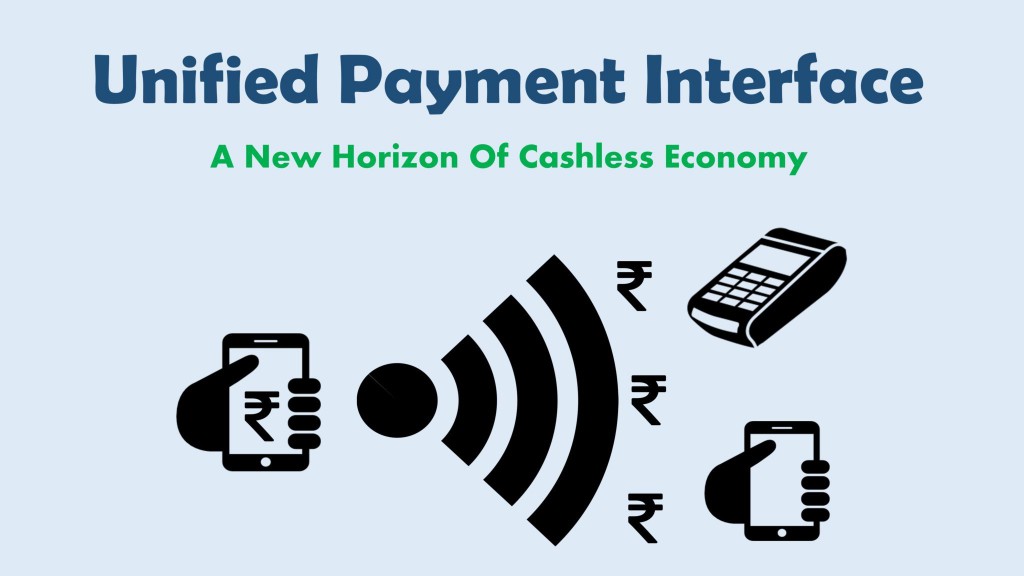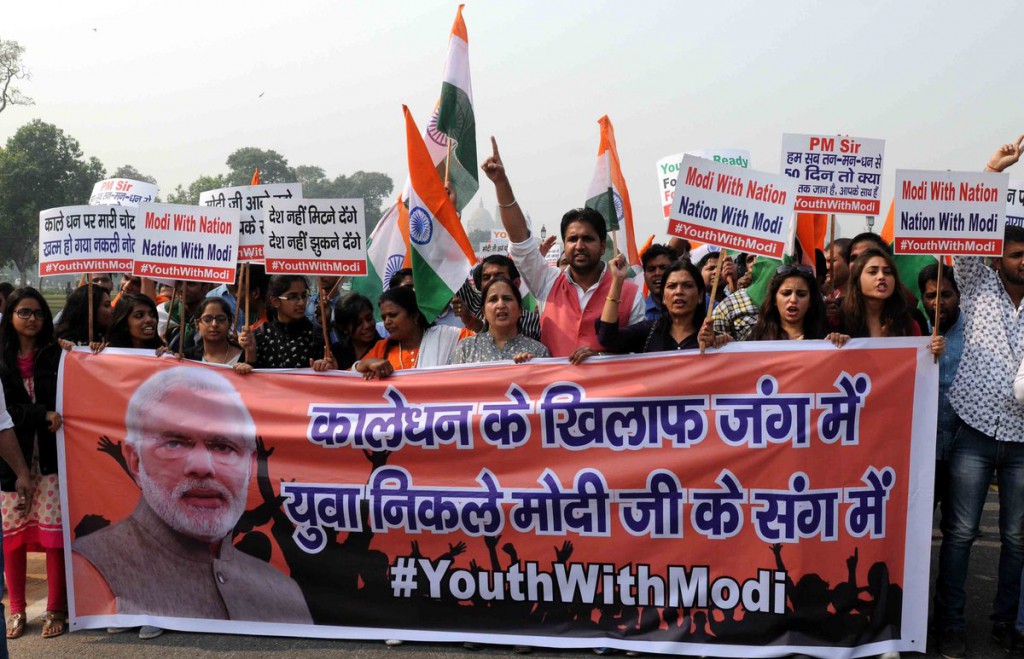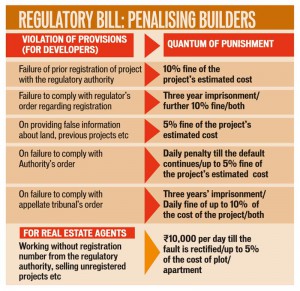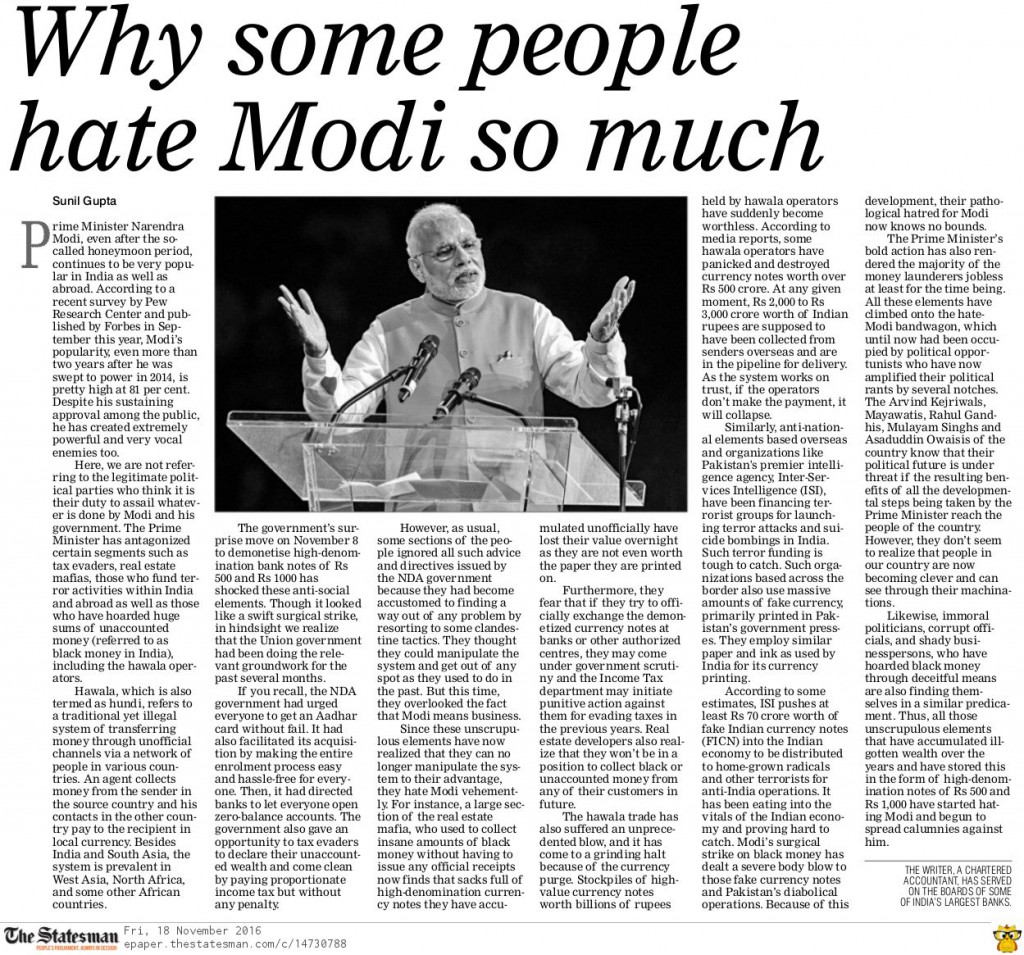 On November 8, 2016, Indian Prime Minister made a sudden (and so-called ‘shocking’ by Indian Press) announcement about stripping the INR 500 and INR 1000 currency notes of their legal tender status. Within minutes, every stakeholder, from common man to politicians, was on the move, some inundating bank ATMs, others criticizing the move in their news studios and yet others finding loopholes to save their stashed unaccounted money/ counterfeit notes. In the entire ruckus that followed the announcement, one party that gained the most was news channels, people tuned into news taking TRPs to skyrocketed levels.
On November 8, 2016, Indian Prime Minister made a sudden (and so-called ‘shocking’ by Indian Press) announcement about stripping the INR 500 and INR 1000 currency notes of their legal tender status. Within minutes, every stakeholder, from common man to politicians, was on the move, some inundating bank ATMs, others criticizing the move in their news studios and yet others finding loopholes to save their stashed unaccounted money/ counterfeit notes. In the entire ruckus that followed the announcement, one party that gained the most was news channels, people tuned into news taking TRPs to skyrocketed levels.
Then was the discussion of how, when, where will this move make an impact, newspapers the next morning too were flooded with opinions and calculations. In the unsure atmosphere where no one had ample know-how to judge the influence of PM’s announcement, the irony was that everyone turned into an analyst, many economists invented new theories, politicians had their own reservations and the common man was on streets gossiping the aftereffects.
This is what that made this move a superhot topic on social media. The new currency note of 2000 denomination was modified impeccably to inject in it a Nano chip and to circulate messages that future hoarding will be caught via GPS! Until today, this milieu of uncertainty prevails; analysts are high on tone while trying to picture their theory as the most accurate, really?
In ensuing write-up, let’s take a little break from this sensational background and understand the basics of this move. I can guarantee that the real consequences of denotification of currency will be felt in an altogether different manner as explained by our wise journalists and panelists. Here are all questions answered.
Did the November 8 Announcement Amount to Demonetization?
In the curiosity to know, I looked for dictionary meaning of this word and I could notice that the Prime Minister’s decision was quasi-demonetization, not the kind of DEMONITIZATION as we find in newspapers and in prime time debates.
Demonetization saw the light of day when European countries adopted Euro as their currency and pulled back currencies of their respective economies. On the contrary, the Indian Rupee retains its legality, it is just that bill of denomination INR 500 and of INR 1000 is no longer valid to make transactions and they are to be replaced with newer versions.
There have been instances in the past when older versions of bank notes are replaced with newer versions with more security features added, hence using the term ‘demonetization’ in such wide and loud parlance doesn’t make much sense.
Why Did the Government Take This Decision, All of a Sudden?
Let me tell you that all those experts on televised debates are just producing conspiracy theories as were created after 9/11 or the disappearance of MH370. You can google ‘MH370 conspiracy theories’ or ‘9/11 conspiracy theories’, can feel embellished and bite your nails, but they won’t serve any productive purpose. Similar is the story when you listen to an economist or an eminent professor on prime time debate which ends in same unconvincing manner as did the coverage of 2008 Noida murder mystery.
Then should I serve you with some more spices? Rather, let us talk fundamentals and real. The government’s decision has come in the backdrop of excessive counterfeit Indian currency notes printed in Pakistan and their use in funding terror activities and unrest in Kashmir and other parts of India. It will also act as a blow on those who have stashed hard currency in their secret vaults as much of it will become nothing but useless pieces of paper. Third, idle assets will now turn into productive ones allowing banks to raise credit flow at lesser interest rates.
I can speak endlessly on this question, anyone can, but let’s just keep it simple yet authentic.
Is This a Blow to Common Citizens?
Queues outside bank branches and cash dispensing machines may have created new records; news channels term them ‘serpentine’, type serpentine on google, then click on news tab, and you will see amazing results. True, spending capacity of all has plummeted and commerce has seen a fall. Almost everyone is trying to rid herself of old currency notes and feel rich again by acquiring the new legal tender. Isn’t this a race, a self-created urgency? And who should be blamed? – The government for not preparing in advance, or we, who are limitlessly anxious, or banks’ managerial staff who weren’t ever equipped to cope with such occasions.
Accept it, even when a busy road is planned to be freed of traffic chaos by building a flyover, people are inconvenienced for a year or two. And after all, this is the nation in making; can’t we cooperate for some weeks? Is it the government that should have arranged for separate queues for senior citizens and disabled? Do we act in the same manner when an ambulance asks way on a busy road? Why can’t we allow genuine money seekers reach counters in lesser time?
Moreover, banks operate under leadership of their Boards which have distinguished personnel as directors. Did they not know that almost half of their ATMs are always out of order? What if there was a sudden rush of people seeking their money on a rumor that Indian banking system is about to collapse? Indeed, it is the top echelon at fault if branches and ATMs aren’t available to their customers in near vicinity, this is what they are paid for, planning.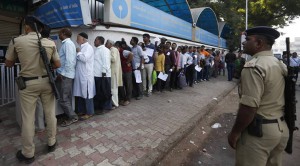
How Would the Indian Economy React to This?
I find this question the most challenging to answer. Had anyone been so brainy in predicting economic downtrends and uptrends, we would never have faced depressions and recessions. The same media that could not even say that Donald Trump ‘may win’, could even judge a Brexit vote, is yet again arguing the impact of denotification of currency notes on the overall economy. The irony is that these panelists and journalists are pro-something and anti-something, hence their arguments are framed likewise.
What I can say is that the economy will see a move toward a time where banks will have their pockets filled to extend credit to businesses on lesser rates. Once you deposit that cash in bank, no one would withdraw the 100 percent of it. Basel-III norms for capital adequacy and recapitalization of banks with weak balance sheets may also find answers in this. Second, with tax on higher-than-legitimate deposits, government’s purse to finance schemes of social importance and infrastructure development will see a new dawn. Government’s tax collection never belongs to MPs or MLAs, it is used to build the nation, do not forget this rudimentary fact.
Another myth created by media and self-styled experts on social media platforms is that any currency that does not see a bank vault since it was unaccounted and stashed illegally will wipe off wealth from the economy. I ask, is the Indian central bank unaware of the total amount in circulation in form of 500 and 1000 bills? Any currency note is the ultimate liability of RBI, with reduced liability, they will offer more dividend to the central government; reprinting of the amount of money that won’t make it to banks’ strong rooms is a simple way to bring back money in economy; this is done through Open Market Operations by buying government bonds, did you hear of this in any news channel debate?
Let us talk some more fundamentals. Inflation is backed by rise in demand and stagnation in supply. Inflation is directly related to demand this is basic economics and true. Now take an example. One of my friends’ wife is a yoga instructor and earns fee in cash for which she has never made any declaration to authorities. Now with that cash in hand, she plans vacations, gifts, high-end consumption and above all, wastage. This is just like a rich man, who has surplus cash in hand and he buys fruits for family consumption thus increasing their demand, hence prices and leaving few for lower middle class and poor, that too at unaffordable prices.
Such instances are quite common and they drive demand not proportionate to real and legitimate wages of common people who pay both direct and indirect taxes. With a decrease in the amount of cash with my friend’s wife and that rich man, their household’s spending capacity will decrease; markets will then correct themselves, thus bringing down demand and wastage, ultimately price. Now come to supply.
There is an assumption that with lessened demand, economic activity will dampen and job creation will take a hit. This is not true. When inflation would weaken, it will increase demand from genuine taxpayers due to price and market correction. The incentive for supply side to produce goods and services will remain, although their profit margins may squeeze a bit. Another surety is that when idle cash will turn into productive asset by being deposited in bank, banks will use this to increase credit flow in market. And this credit, at lower rate of interest, will flow to small scale industry, farmers besides corporate houses. In such situation, economic activity is bound to see an increase and job growth will see significant improvement.
How Should Implementing Agencies Act?
Even when we laud the brave step of ban on high denomination currency notes by the government, some flaws in scheme’s overall execution are noticeable; and these stem from bureaucracy and other implementing agencies, if not from the very top echelon including the Prime Minister and Finance Minister. It is also correct that these top policy makers brainstorm and devise plans, and as such they cannot be expected to spare time and labours to give directives on all ‘how to’ to banks and other stakeholders.
A few top heads thought of this bold step and did not involve many, or prepare well in advance to avoid any leaks and hints. But a foolproof plan of action the subsequent morning with elaborate directives to partners in implementation should have inevitably come. Chaos in banks with people queuing up in large numbers and no clear directives on how to manage such critical occasions (by guiding Chairpersons of banks to advise branch managers to arrange for separate queues for separate tasks, booking of time-slots to avoid wasting time, out-of-turn service of people in genuine urgency, restoration of dysfunctional ATMs and recalibration) was that leaves a stain on the entire implementation exercise.
Leading part had to come from banks and post offices, which in fact should not have waited for the government to issue instructions on trivial problems like managing crowds and easing the scene for vulnerable groups like disabled, senior citizens and those with real emergencies like need of cash for health related concerns, impending ceremonies and those without any ID proof. Bank staff had to be sensitized on the very first day. Backdoor conversions of family and friends have to end.
The most apt idea to make sure legality of exchanger and curb repeat exchange by same users was to just check a valid ID proof of seeker and use of indelible ink (a suggestion by me on 12 November that has lately been accepted on 15 November). Why did you, in first instance, want inks of photocopy machines to dry, even for paper trees are cut? Indelible ink would have cut short the queues very second day! This was an undeniable planning disaster.
Then are the state governments which must now come in support of the move and instruct respective departments like state highway toll authorities to either allow trucks carrying essential commodities pass without toll payments or facilitate online payments like the ‘Fastag’ service introduced on national highways. Also are public sector undertakings which should help their staff convert old bills from in-house treasury department and prevent them from thronging bank branches.
For the general public, it is time that seat belts are tightened, not for being the first one in the queue to change currency notes, but for getting ready for a new dawn. It will be time where transparency shall prevail, unaccounted money and benami assets will make it to government’s coffer, not individual pockets. As a proactive measure, make all your accounts, be it with banks, insurance and mutual fund companies or in G-secs or bank lockers, KYC-compliant to avoid any approaching trouble.
Let’s conclude
Agreed, farmers are facing a tough time in their peak sowing period. But do we not know that the primary worry for agrarian economy is lack of institutional credit and the menace of private moneylenders. How about the future where banks will have sufficient capital to lend them, backed by their own banking and transactional history? Pain for households where marriages are scheduled?- let’s find out. Was marriage not an occasion to showcase wealth in Indian scenario? Do marriages in developed countries (where we dream to immigrate) entail similar expenses and show of affluence? Bring some austerity dear Indians, it will help in the long-run!
The issue of a 2000 denomination note is undoubtedly the most controversial subject that is generating new conspiracy theories every minute. Texts are doing rounds on social media that say it was a pre-thought measure hinted well before November 8 to engage Pakistan in swelling its printing of old 500 and 1000 currency notes that were easy to replicate. Yet another theory is that the ruling party told its legislators of the November 8 announcement in advance and has introduced the new 2000 note to help them stash their unaccounted wealth! It is up to you which one to go for!
This entire episode is the latest in the series where 24×7 news channels have created an atmosphere of unfounded ruckus and imaginary brouhaha. The fact is that these round the clock channels need something (or should I say anything) to discuss, panelists die to offer contradiction on any move to showcase their acumen, and what could have been better than an incident that has a bearing on all Indians!
Stay relaxed, your hard-earned legitimate money isn’t going anywhere; yes, the hoarders need to worry. Stop blaming government for shortage of currency and long queues outside banks; blame either your anxiety or your banks who otherwise promise to be with you at any hour of need, in the real test, however, they failed to the core. A cashless, transparent and inclusive economy welcomes all in near future, let’s be a part of this revolution.
I will say that although prima facie pluses are eradication of black money and counterfeit currency, underlying advantages are many. Although we are the fastest growing economy, Index of Industrial Production, manufacturing and agrarian growth rate, employment creation, credit growth were and are either in red or near-stagnant. All these concerns must resolve to some extent, albeit assurance of double digit growth at this time may not be given, but still, the atmosphere will be conducive to both growth and equitable distribution of national wealth and income.
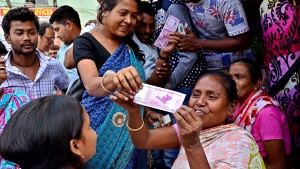 Lastly, let’s be thrilled on taking a ride toward a prospect where rich will lose at least 20-30 percent of their stashed wealth, which will flow to the poor in form of credit from banks and social spending by government, thus giving a decisive blow to decades of income disparity. This eroded wealth of the rich and future check on accumulation of illicit money will boost the zeal of legitimate taxpayers and the poor, a new India is about to be born.
Lastly, let’s be thrilled on taking a ride toward a prospect where rich will lose at least 20-30 percent of their stashed wealth, which will flow to the poor in form of credit from banks and social spending by government, thus giving a decisive blow to decades of income disparity. This eroded wealth of the rich and future check on accumulation of illicit money will boost the zeal of legitimate taxpayers and the poor, a new India is about to be born.
And here is a huge salute of applaud for the bank staff that is working overtime to ensure citizens face nominal troublesomeness. For all those waiting patiently in queues, do not worry, this is your investment that will produce phenomenal returns.
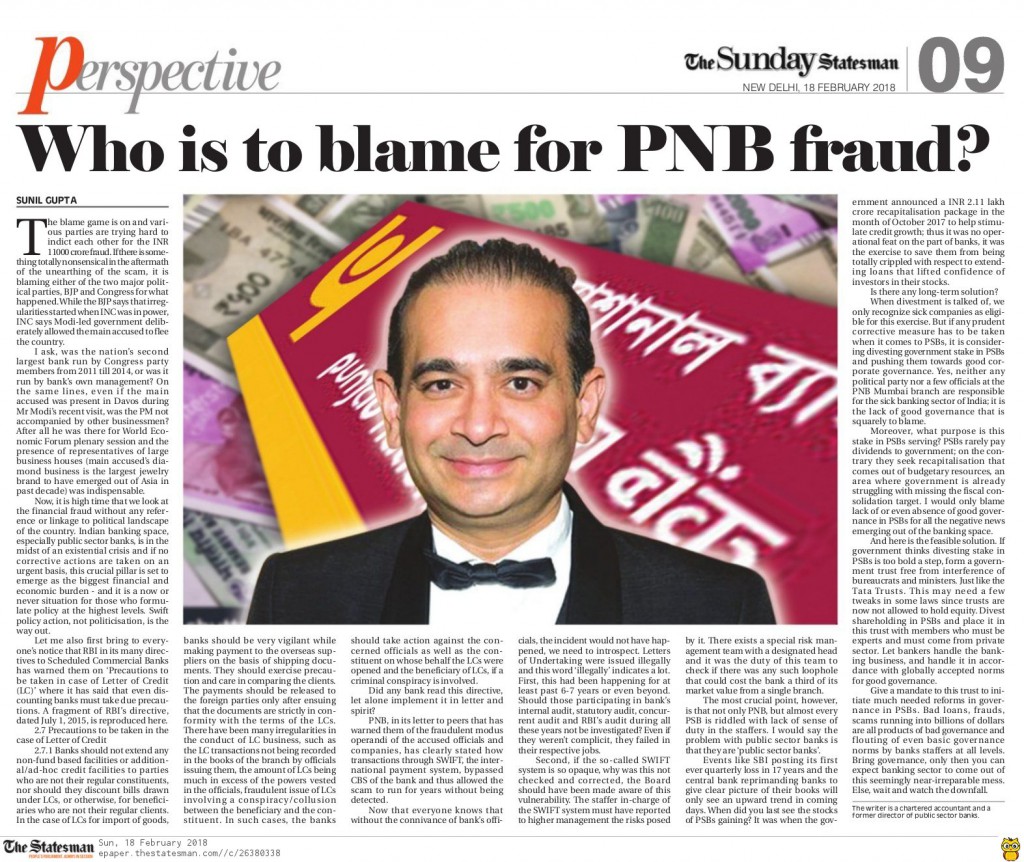 The blame game is on and various parties are trying hard to indict each other for the INR 11000 crore fraud. If there is something totally nonsensical in the aftermath of the unearthing of the scam, it is blaming either of the two major political parties, BJP and Congress for what has happened. While the BJP says that irregularities started when INC was in power, INC says Modi-led government deliberately allowed the main accused to flee the country.
The blame game is on and various parties are trying hard to indict each other for the INR 11000 crore fraud. If there is something totally nonsensical in the aftermath of the unearthing of the scam, it is blaming either of the two major political parties, BJP and Congress for what has happened. While the BJP says that irregularities started when INC was in power, INC says Modi-led government deliberately allowed the main accused to flee the country.


